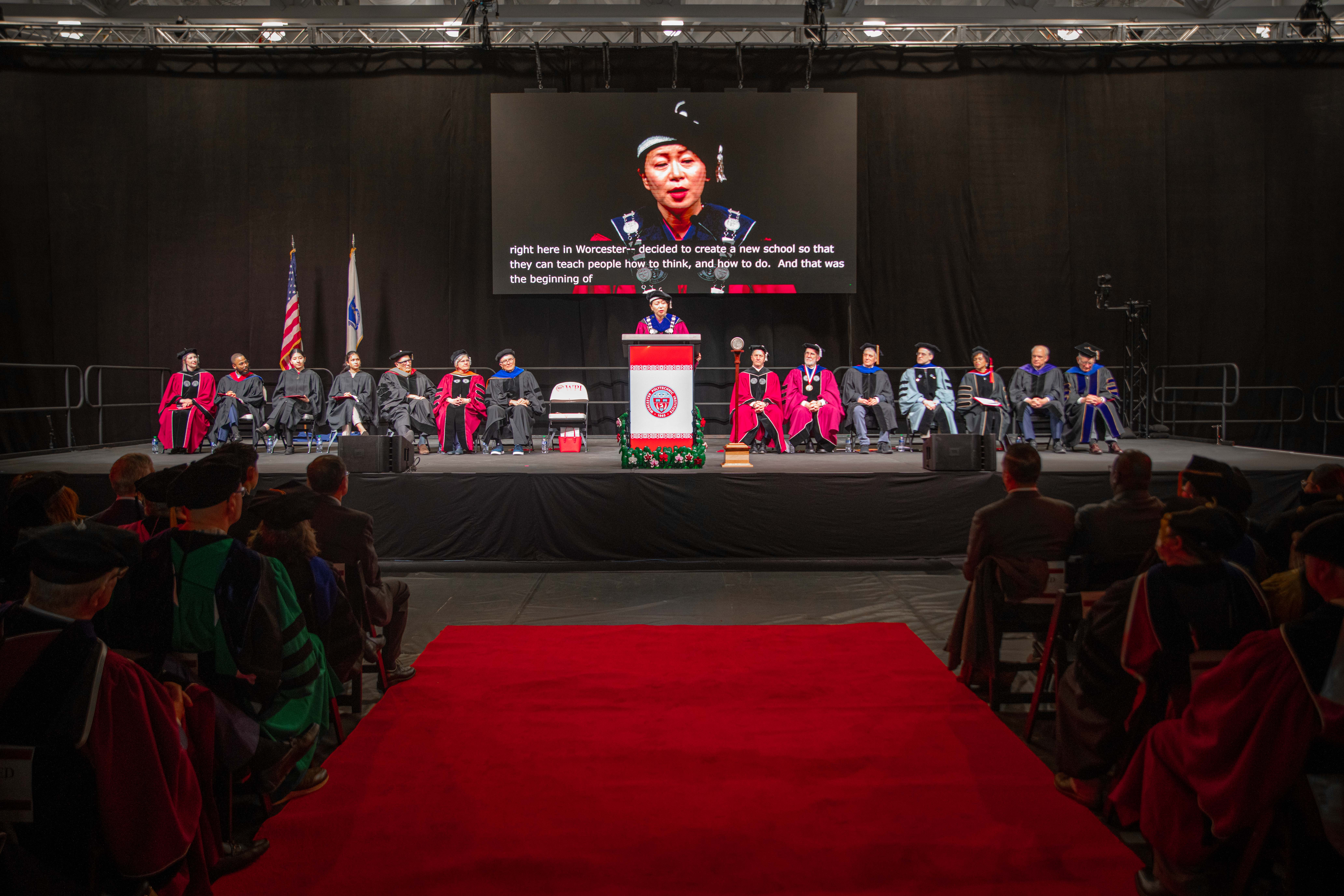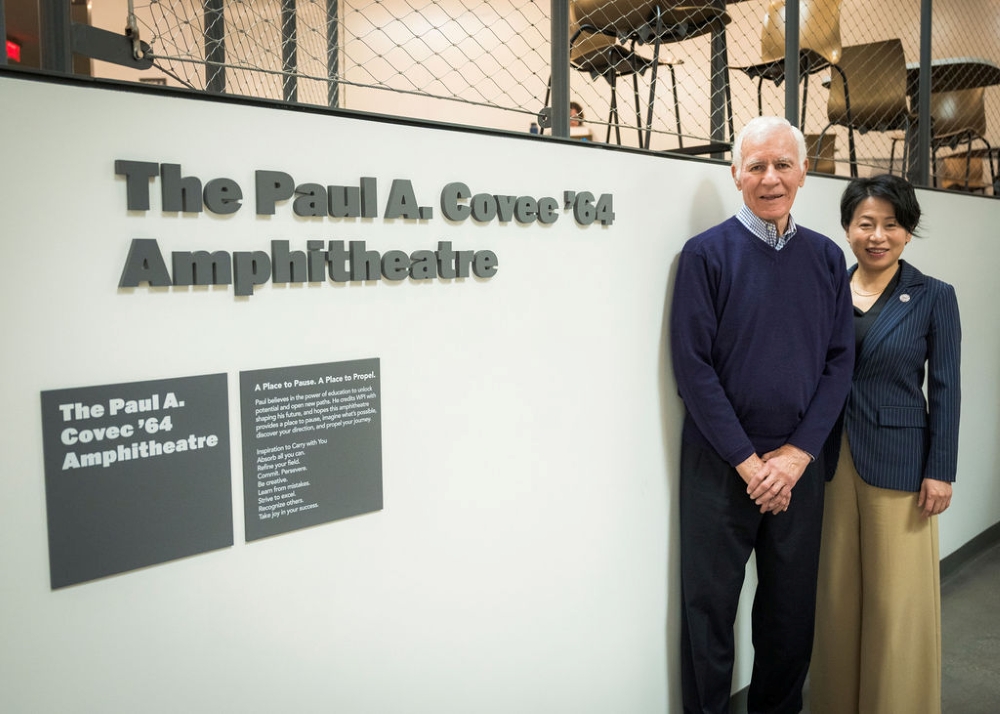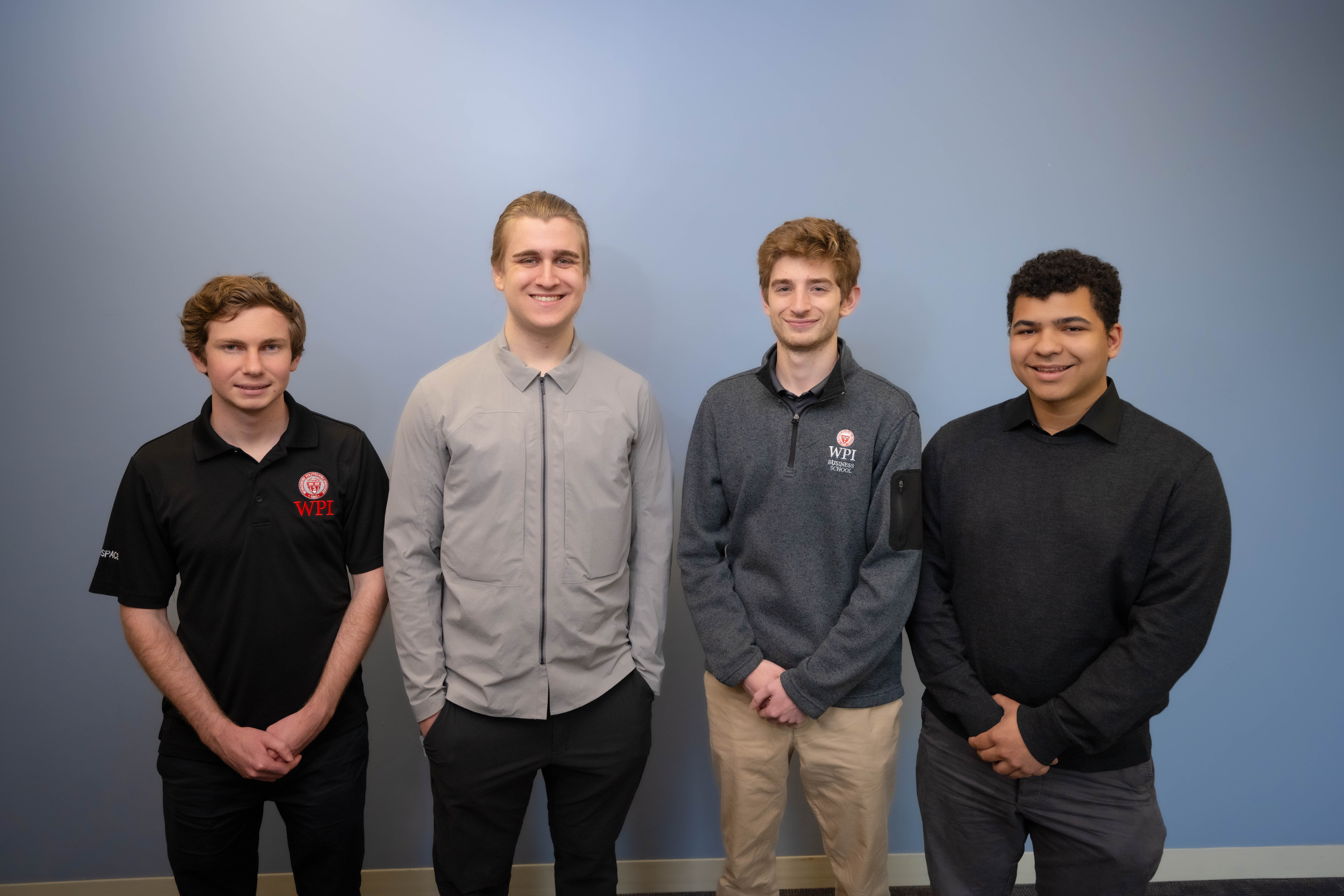Douglas G. Noiles ’44, of New Caanan, Conn., a renowned inventor and a passionate supporter of STEM education, died Jan. 25, 2016. Through the years, he and his wife, Edna, enabled WPI to expand its reach and its campus with gifts that funded the creation of programs and the construction of buildings.
Noiles grew up in Hudson, Mass., during the Great Depression. Engineering was a natural choice for the boy who was at his father’s side watching as he repaired the family car and maintained equipment at the municipal diesel power plant. Noiles also credits his mother with providing him “the solitude to think, to tinker, and to build.” With savings from the salary he earned working at a local drugstore (at nine cents an hour), Noiles entered WPI in 1940; he soon joined Sigma Alpha Epsilon fraternity and played on the football team.
“My childhood was one of making things: kites, model airplanes and gliders, go-carts and kayaks. The town was built on industry and commerce. Those who had work made all kinds of things, from rubber footwear to machine tools and woolens.”
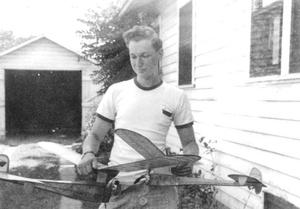
His education was interrupted by World War II; he chose to serve in the U.S. Marine Corps and spent a year in the South Pacific. He narrowly escaped serving in the battles of Tinian and Saipan (where thousands were killed) when he received last-minute orders to leave his unit and return to the United States for training at the Naval Academy Prep School in Bainbridge, Md. While there he met Edna Truitt, a nurse in the WAVES Hospital Corps; the two soon married and left the military. Noiles returned to WPI, where he completed his bachelor’s degree in 1947. He remained on campus as an instructor for several years and earned his master’s degree in mechanical engineering.
In his early career, Noiles designed bottle-labeling machines and cotton combers for the textile industry. In 1955 he joined Westinghouse to work in a new division focused on radio and television tubes. He received a patent for a technique to prolong the life of picture tubes, which enabled Westinghouse to extend its warranty from three months to two years.
In 1970 a former colleague, who had moved on to a new surgical equipment company, sought Noiles’s assistance with a new device—a stapler to close surgical wounds. After working on the design in his spare time for a few months, Noiles joined the firm—U.S. Surgical—as vice president of engineering. He was able to solve problems with the way the device was loaded and powered, making it lighter, more reliable, and easier to use. Under his leadership, the company brought to market the first commercially viable and clinically effective surgical stapler. Work on this and other technologies—including a ligator to tie off blood vessels—earned Noiles the Eli Whitney Award from the Connecticut Patent Law Association in 1985.
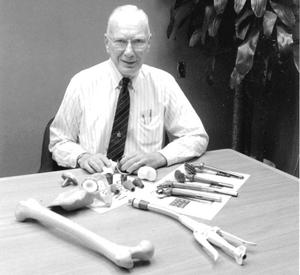
Stapling offers many advantages over suturing for the patient and the physician, and the system is particularly popular with orthopedic surgeons. At an orthopedics conference in San Francisco, Noiles learned of difficulties the surgeons were having with existing artificial knee and hip joints. They had a high failure rate, and sometimes caused crippling damage to the remaining bone and muscle. After the conference sessions, Noiles went to back to his hotel room in Chinatown thinking about durable prostheses that would replicate the forces and motions of natural joints. As he recounted in a 2009 story in WPI's alumni magazine Transformations, he sat up in bed that night, awakened by a revolutionary insight about the artificial knee: “Why not let it rotate?”
His novel design has since become the global standard, but at the time, his employer was more focused on its stapling products. In 1982, Noiles left U.S. Surgical to found Joint Medical Products Corp. of Stamford, Conn., with three colleagues. They went on to develop and patent numerous innovative devices before selling the company to Johnson & Johnson in 1995.
Noiles retired from Joint Medical as executive vice president of engineering and development and vice president of technology. In his lifetime he was granted dozens of patents in the area of orthopedics, and numerous others. His honors included the 1998 New York Intellectual Property Law Association’s Inventor of the Year Award, and the International Society of Professional Orthopaedic Education’s first Lifetime Achievement Award in 2003. WPI commemorated his ingenuity and entrepreneurship with the Robert H. Goddard Award for Outstanding Professional Achievement in 1994, and an honorary doctor of engineering in 1999.
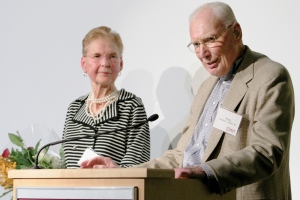
In retirement, Doug and Edna—a former marital family and career counselor—became active champions of enhancing science, technology, engineering, and mathematics (STEM) education for primary and secondary school students. With Edna’s sisters, they helped establish an academy for high school students at her alma mater, Elon College in North Carolina. At WPI they provided a leadership gift to create the Office of K-12 Outreach in 2003.
Today the WPI STEM Education Center, established in 2012, builds on that legacy with a multitude of programs that empower educators to inspire students to engage with science, technology, engineering, and mathematics. The Noileses’ endowment of $1 million has enabled thousands of teachers and more than 100,000 students to benefit from these offerings, which have included WPI Students Working with Schools, Reading and Math Stars, and Project Lead the Way, a national initiative aimed at increasing the quality and quantity of engineers in the United States.
“We wholeheartedly support any activity intended to improve the quality of education of our children and youth. I believe that the early school years are the best years to build on a child’s natural excitement in learning. In this evolving world, the need for training and education is even more important than it was just 60 years ago.” — Doug Noiles
In particular, the couple funded a directorship for the K-12 office, which brought Martha Cyr ’87 (MS), ’97 (PhD), a nationally recognized expert in educational outreach, to WPI. “Doug was passionate about providing education for K-12 children,” says Cyr. “The generous contributions that he and Edna made to the K-12 Outreach efforts at WPI created positive impact on how science, math, and engineering are taught.”
The Noileses’ enduring dedication to WPI’s student body is evident in the Edna and Doug Noiles Student Life and Publications wing of the Rubin Campus Center, which houses essential student services. This gift recognizes the Class of 1944 “and all they gave in service to our country and their alma mater,” reads the plaque at the entrance to the wing.
“My experience at WPI…was a key and fortuitous factor in setting our course through life.” —Doug Noiles
With plans under way for the creation of a state-of-the-art center for global impact on the site currently occupied by Alumni Gym, the Noileses made a significant pledge to support construction. It is fitting that the legacy of a great inventor will support the next generation of great inventors with a building dedicated to exploration and problem-solving: The Innovation Studio.
In addition to Edna, his wife of 70 years, he leaves their four children, Daniel, Alison, Jonathan, and Esther; 12 grandchildren; and a great-grandchild. Doug's dedication to all children is evident in his deeds and in his words. “There is no greater satisfaction than knowing another child can be helped to learn and grow,” he wrote in a 2005 communication to WPI. “After all, all the world has is its children.”
